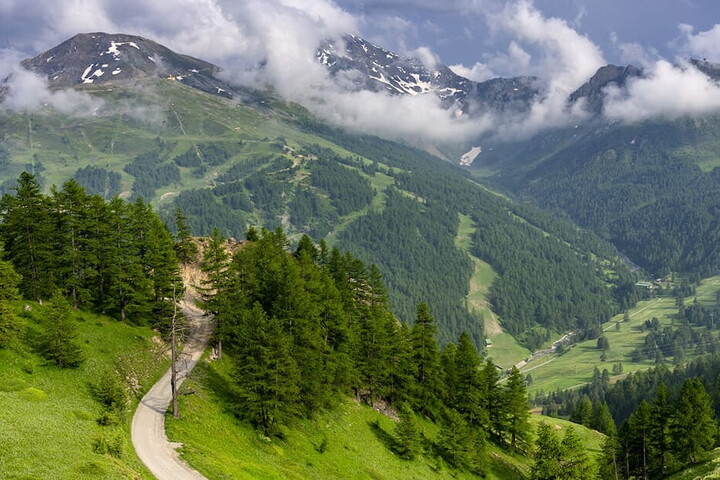Of the five Monument Classics in the World Tour cycling calendar, the Tour of Flanders and the Paris-Roubaix are mostly raced on stones. They are exciting and extremely spectacular races. In our cycling imagery we tend to equate them in some way, but they are two very different competitions, not just from a technical and tactical perspective. Both are extremely hard, the Paris-Roubaix is characterised by a very fast flat route, while the Tour of Flanders presents an endless succession of technical and steep climbs that end up inexorably selecting the best racers. The differences don't end there, however.
There are different types of cobbled roads. Cobblestones are a particular type of stone road that characterises the Paris–Roubaix route. Cobbles, are natural square or round shaped stones laid on a sand bed, with the aim of creating strong, well-drained surfaces that were once suitable for the passage of heavy agricultural vehicles across fields.
Flanders stones are a different type of cobble and are called setts: they are blocks of porphyry carved out and then cut into regular quadrangular shapes. The stones on Northern European roads almost all come from the same place, the porphyry quarries of Lessines, in Belgium. Industrial extraction of this stone, a very hard and resistant igneous rock formed 500 million years ago through the solidification of fluid magma, began in 1862, although the use for construction and road construction began as early as the 15th Century.
Once it was realised that the hardness and strength of stone were ideal for the construction of durable and smooth-running roads, before the systematic use of asphalt, which did not appear until the beginning of the 20th century, laborious quarrying accompanied their construction.
The grey stone blocks of the quarries of Lessines, in different shapes and sizes, can today be found not only on the roads of the two most famous cycling competitions in the world, but also on the paved avenues of St. Petersburg or on the Champs-Élysées in Paris, and even in New York. Belgian traders sailing from the port of Antwerp for the United States ballasted the hold of their ships with setts of stone, unloading them and abandoning them in the port of New York and replacing them with goods on their return journey to Europe. For this reason, the stones that still pave the oldest streets of SoHo, the West Village and Tribeca are called Belgian block. In case you ever go cycling overseas, you'll find them there too.




